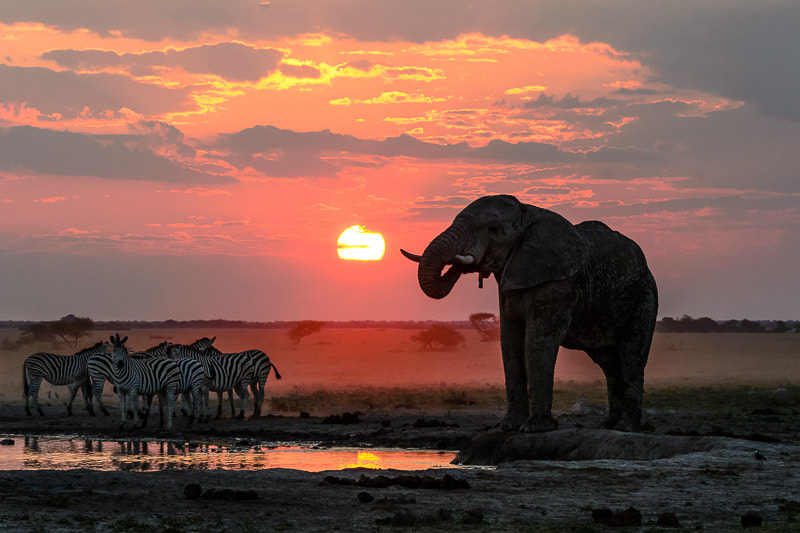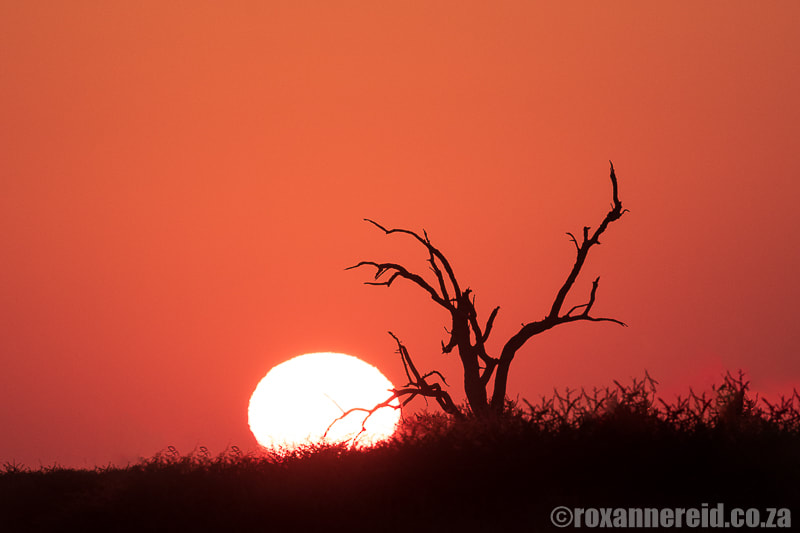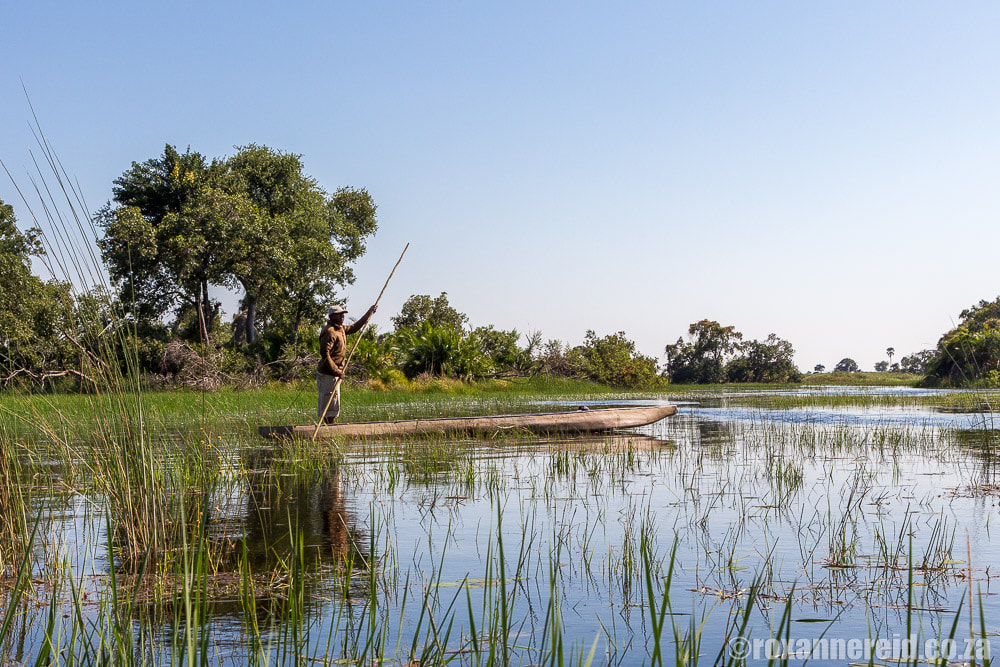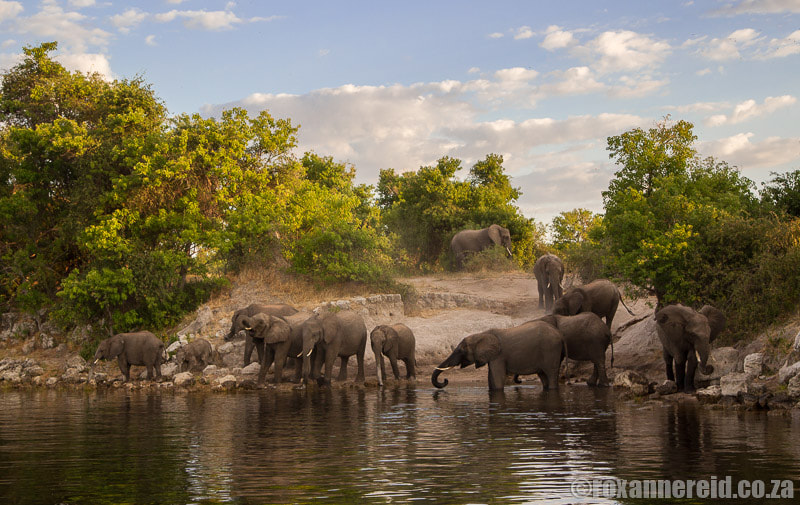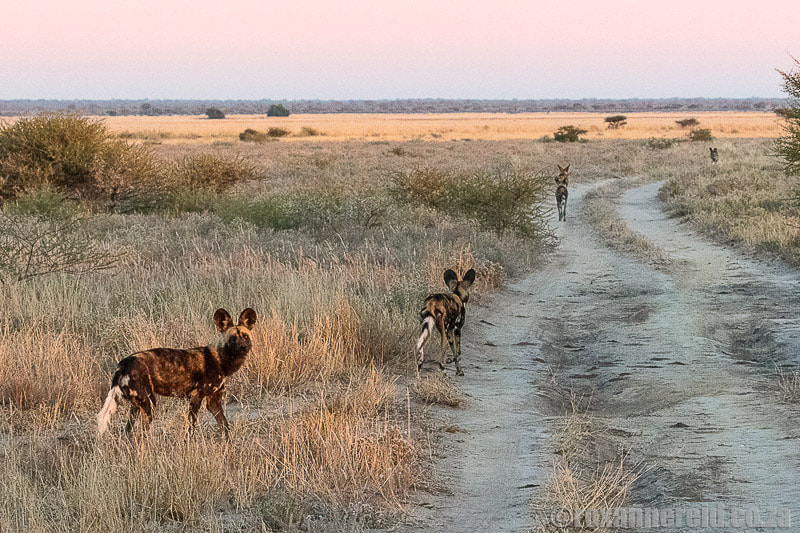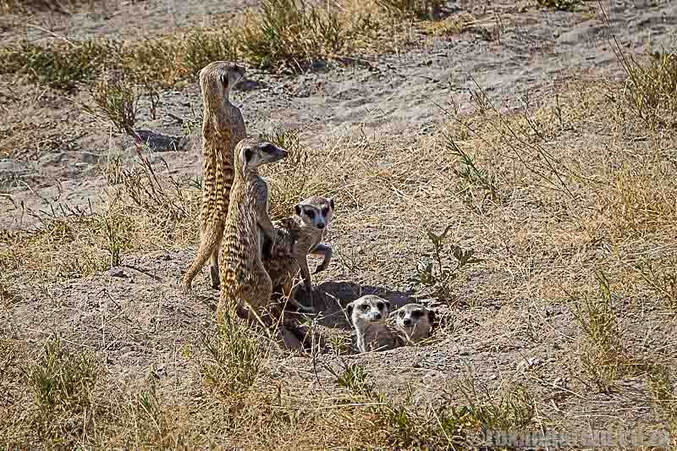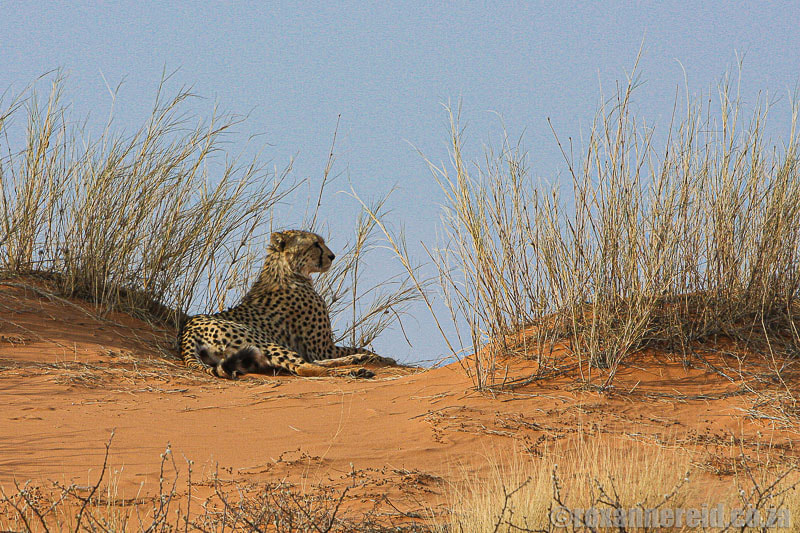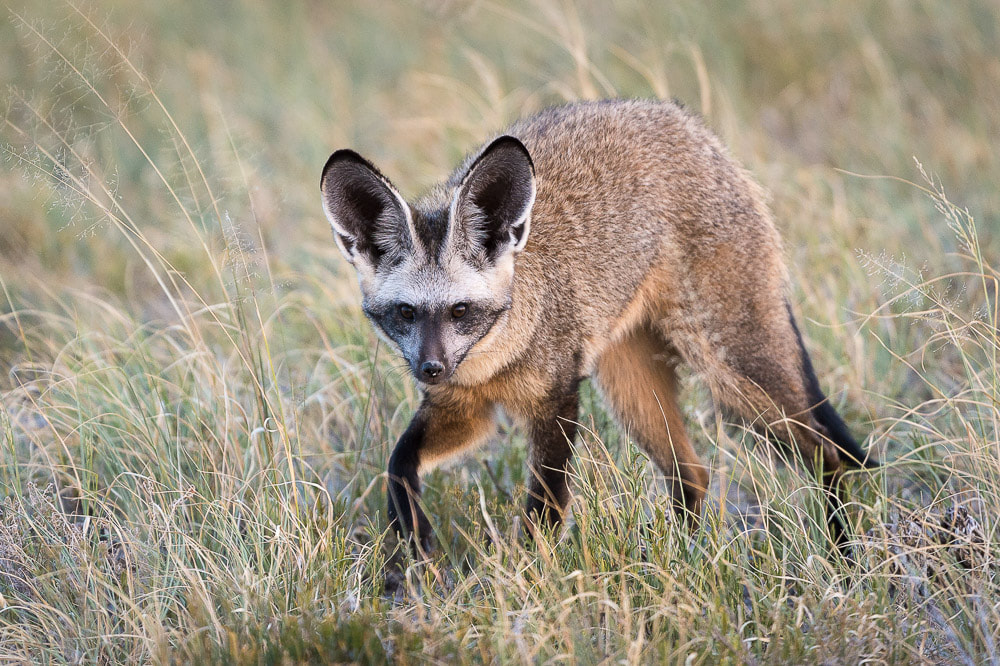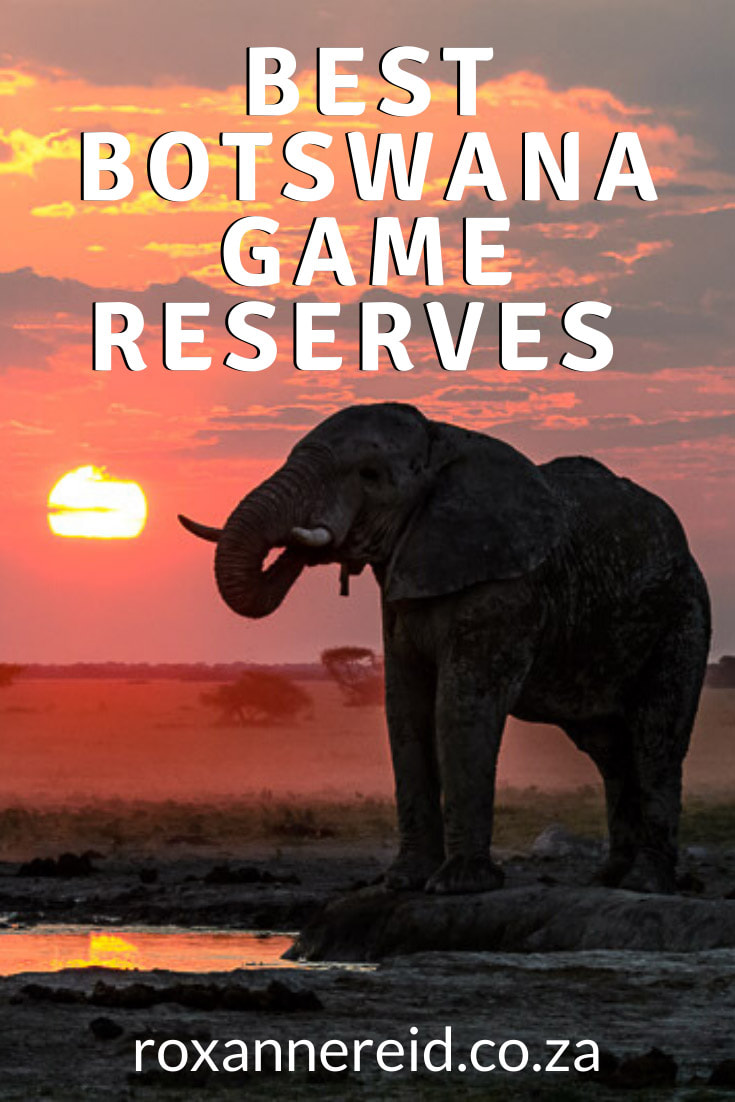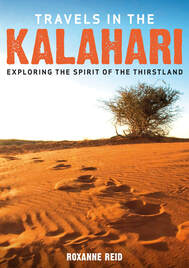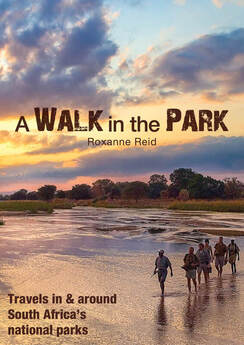As anyone who carefully plans their Botswana holidays will know, a safari is one of the top Botswana tourist attractions. With an abundance of wildlife and a diversity of landscapes and habitats, the country is a delight for wildlife enthusiasts and photographers. Here are some of the best Botswana game reserves for a wildlife safari.
There are different ways to see Botswana and its wondrous wildlife, from a strict-budget self-drive safari with camping along the way, to luxury lodges in the national parks or on private concessions bordering the reserves.
Nothing in Botswana is really cheap – even a self-drive camping safari – and that’s by design. Botswana Tourism follows a high-value, low-impact model in which they limit the number of tourists in any wildlife area in order to avoid overtourism and to protect their country’s nature and animals for future generations. But even if you pay more to camp rough (or stay in the lap of luxury) in Botswana than elsewhere in Southern Africa, you’ll never be sorry you went because it is truly a magnificent safari destination.
- A self-drive safari helps keeps the cost down but can be taxing to organise, provision and navigate when you don’t know the country and its parks well. You will also need to have or hire a 4x4 vehicle to access these parks and reserves on your own. Depending on the time of year you go, you’ll need some serious ability to drive in deep sand or squidgy mud. If you’re well organised, the plus is that you get to control every aspect of your trip.
- A mobile safari in which your guide drives you overland to each different campsite, camp or lodge is a nice compromise, taking away the strain of having to know where you are, if the road is passable or what you’re going to have for supper. This expertise obviously comes at a higher price than a self-organised trip but can still be an affordable mid-level safari.
- A guided safari in which you fly in by light aircraft to all-inclusive private lodges allows you to see more and have experiences in a shorter time than overlanding, but it comes with a much higher price tag and is often out of reach of anyone without dollars, pounds or euros.
- Although the number of visitors allowed at any time inside a national park is limited, it’s much higher than the number allowed in a private concession. As a result, your experience in the latter will be more personal and exclusive – again, at a price. If you have the budget, it’s nice to combine a little of both on your Botswana safari.
- Remember too, that while you’re in a national park you may not drive off-road to follow animals that get up to something interesting. If you venture into community areas or private concessions your guide can go off-road for the best photographic opportunities.
- No bush walks are allowed inside the national parks, whereas guided walks are possible in some private concessions and community areas at certain times of year. This is a superb chance to learn the ways of the wild from guides who have an encyclopaedic knowledge of the area and its wildlife.
- Night drives are not allowed in Botswana’s national parks, but may be offered at a private concession or community area on the edge of a park.
Okavango Delta & Moremi Game Reserve
Wildlife to see in the Okavango Delta and Moremi Game Reserve
The Okavango enjoys an abundance and variety of wildlife, including lion, leopard, elephant, cheetah, wild dog, buffalo, hyena, crocodile, hippo, zebra and giraffe as well as antelope like sitatunga, red lechwe, roan and sable.
Continuing its run of amazing Botswana wildlife, the Okavango has close to 500 bird species, making bird-watching here a thrill. Species include Pel’s fishing-owl, African fish-eagle and numerous kingfishers and bee-eaters.
Look out along the waterways for water lilies and other aquatic plants, as well as dragonflies and reed frogs.
What to do in the Okavango
Apart from game drives to find animals and birds – and guided bush walks in some areas – don’t miss poling along one of the water channels in a mokoro (dug-out canoe). This is one of the best things to do in Botswana, a perfect way to sneak up quietly on frogs, birds and other animals, as well as to enjoy being close to carpets of water lilies. Some camps also offer motor-boat trips along the channels, but I personally love the mokoro for its silence and slow pace. If you get a chance to fly over the Okavango for an hour or so in the wet season, it’s well worth it to get a perspective of the vastness of this fascinating water system.
Best time to go to the Okavango
The best time to get a profusion of wildlife sightings on a Okavango Delta safari is from July till October, when the Delta is flooded and winter temperatures aren’t too hot. April, May and June are marginally less busy with visitors though sightings are still good. I hate heat and humidity so prefer to avoid December to February, which are the wettest and hottest months.
Read more about the Okavango Delta
Chobe National Park
Although some people think of Chobe as being just the main area adjacent to the Chobe River from Sedudu in the east to Ngoma in the west, both Savute and Linyanti further east are also part of the greater Chobe park. Awash in an abundance of wildlife, they share a landscape that matches that of the Okavango Delta, especially along the Linyanti River, the Savute Channel and the Savute Marsh.
Wildlife to see in Chobe National Park
Chobe is best known for its huge elephant and buffalo populations, but you can regularly see lion, spotted hyena, giraffe, zebra, hippo and crocodile as well as antelope like kudu, red lechwe and sable. You may also spot leopard and cheetah and perhaps with a bit of luck even wild dog in the Sedudu/Ngoma area. A natural phenomenon to look out for towards Ngoma in the north-east of Chobe are huge baobab trees that dwarf elephants that walk past.
Savute and Linyanti have some of the highest wildlife densities in the Chobe National Park, being famous for their predator populations, especially lion, spotted hyena, leopard and wild dog. In fact, if wild dogs are on your must-see list, Savute and Linyanti are among the best places to look for them. Other animals to search out here include elephant, buffalo, giraffe, zebra, tsessebe, roan, sable, kudu and waterbuck.
The whole of Chobe/Savute/Linyanti is a great birding destination, with some 450 species like African fish-eagle, African skimmer, saddle-bill stork, African jacana and lots of kingfishers and herons.
What to do in Chobe/Savute/Linyanti
Game drives along the Chobe riverfront and deeper into the bush are obviously one reason to visit the park, especially to see thousands of animals kicking up dust on the floodplains at sunset. Go on a boat cruise along the Chobe River for a different perspective of elephants and other animals like lions drinking at the water’s edge. This is another of the unmissable things to do in Botswana, a chance to see hippo, croc and water birds up close.
If you stay at a private lodge in the Savute/Linyanti area, don’t miss the chance for guided bush walks, kayaking and boat rides along the water channels to add variety to your game drives.
Top tip: Chobe’s Sedudu Gate near Kasane in the north-west is just 80km from Victoria Falls in Zimbabwe, so you might want to think of combining your trip to Chobe with a day or two at this UNESCO World Heritage Site.
Best time to go to Chobe/Savute/Linyanti
The winter months from May to October are a great time to see wildlife around the Chobe River in the north of the park, as well as in Savute and Linyanti. Temperatures are milder during these winter months too. From December to April, animals are more likely to gather around pans in the interior and thus away from the main Chobe riverfront routes. Although birding is good all year, November to April is the time when migrants return to the park and many birds are breeding.
How to choose a campsite at Chobe
Central Kalahari Game Reserve
Wildlife to see in the Central Kalahari Game Reserve
The desert habitat of the Central Kalahari means that only animals that can endure its harshness can survive here. Don’t expect to see water-dependent species like elephant, buffalo or hippo. Look rather for herds of gemsbok (oryx), springbok, eland, red hartebeest and greater kudu, as well as bat-eared fox and meerkat (suricate). As far as predators go, you’ll find lion, cheetah, leopard, spotted hyena and brown hyena.
There are some 250 bird species, and the area is good for raptor sightings like tawny eagle, martial eagle and black-chested snake eagle. Look out also for the secretary bird, kori bustard and ostrich striding across the ground, listen for the honeyed call of Namaqua and double-banded sandgrouse.
What to do in the Central Kalahari
Game drives form the backbone of your experience in the Central Kalahari, whether you’re self-driving or going on guided drives from a lodge. If you get a chance for an interaction with the local San/Bushmen, grab it with both hands for a fascinating insight into their culture and way of life. Don’t miss looking up at night to see the sky perforated with millions of stars in the clear, unpolluted Kalahari sky.
Best time to go to the Central Kalahari
The best time to see wildlife in the Central Kalahari is in the rainy season from November/December to March, when the valleys turn lush with vegetation and animals gather around pans in the Deception Valley. But it can be very hot in these summer months, so I prefer April and May, which can be equally rewarding while the roads may be less wet and easier to drive. Birding is good at any time of year but probably best from November to April when the migrants are in the reserve and species wear their breeding plumage.
Read more about the Central Kalahari
Makgadikgadi National Park & Makgadikgadi Salt Pans
Wildlife to see in Makgadikgadi National Park
The best thing to see here is the zebra and wildebeest migration. These animals come in their thousands when there’s new grass on the pans. Other wildlife adapted to the arid conditions include gemsbok (oryx) and springbok, and you might spot bat-eared fox, spotted hyena, brown hyena or aardwolf at dawn or dusk. Lion, cheetah and leopard also occur in the park. Look low to the ground for busy little colonies of meerkat (suricate) which will entertain you for hours.
Birding is excellent in the summer when the pans have water, with greater and lesser flamingo and pelican coming to feed and breed. Other birds to look out for in the park include Abdim’s and saddle-bill stork, kori bustard and Burchell’s courser.
What to do in the Makgadikgadi
Game drives in the national park are bound to yield sightings of antelope and maybe even a predator or two. Don’t forget your binos for bird spotting. Try to make time for a trip to Kubu Island to see its rocky outcrops and giant baobabs. Join a cultural interaction with the local San (Bushmen) to learn how they hunt and use plants as medicine. Don’t miss a sleep-out on one of the dry salt pans for a star-filled sky and a dawn flush that is magical.
Best time to go to the Makgadikgadi
The salt pans attract wildlife in the wet summer months from December to May, when grass on the pans brings wildlife to graze, as well as a flush of flamingos and pelicans. This is also when migrant birds are around. Be aware, though, that the roads can be wet, sticky and difficult or impossible to drive at this time. You can drive on the dried-out pans from June to November, which is also the best time to visit the Makgadikgadi National Park.
Read more about Makgadikgadi pans
Nxai Pan National Park
Wildlife to see in Nxai Pan National Park
Don’t expect the density and diversity of wildlife here that you get in the Okavango Delta or Chobe. What you will find are dry area specialists like springbok, red hartebeest, gemsbok (oryx) and bat-eared fox, as well as giraffe, kudu and the occasional elephant. Predators to look out for include lion, cheetah, spotted hyena, brown hyena and the feisty honey badger. The summer rains bring life to the park, when herds of Burchell’s zebra, blue wildebeest and other grazers arrive to feed on the new grass.
Birding in the park is good, with species from kori bustard, ostrich and southern black korhaan to secretary bird and pale chanting goshawk.
What to do in Nxai Pan National Park
Go for a game drive and spend time at Nxai Pan waterhole where animals come to drink; you may even see some predator-prey interaction. If you’re a keen birder, keep your eyes peeled for some of Nxai Pan’s 200 species. Don’t miss a drive to Baines Baobabs – seven of these ancient giant trees on a small island on the edge of the KudiaKam Pan. They have hardly changed since Thomas Baines painted them back in the 1860s. Don’t miss gazing up at the stars at night to appreciate their brilliance in the clear, dry air.
Best time to go to Nxai Pan
The best time to see wildlife is the wet months from December to March, when wildlife migrates to the park and herbivores give birth to their young. This migration may happen earlier or later, depending on the rainfall. Note, though, that these summer months can be stifling hot and wet and the roads difficult to drive. The park is more easily accessible in the dry winter months from May to September, though sightings may be fewer and the landscape dusty. The best time for birding is from November to April, when summer migrants are around.
Kgalagadi Transfrontier Park
Wildlife to see in Kgalagadi Tranfrontier Park
This isn’t a park for visitors on their first safari and looking to see the Big 5, of which it has only lion and leopard. Instead, there’s a lot to thrill adventurous souls who love to watch animal interactions. Predators include lion, leopard, cheetah, spotted and brown hyena, wild cat, caracal and even wild dog. Other species to look out for are giraffe, springbok, gemsbok (oryx), eland, bat-eared fox, honey badger and meerkat (suricate). If you’re super lucky (which I have never been) you might even spot the rare and endangered pangolin.
Birds to see include martial eagle, tawny eagle, pale chanting goshawk and white-backed vulture. Other semi-arid area specials include secretary bird, kori bustard, ostrich and southern black korhaan, as well as sandgrouses and larks. Crimson-breasted shrike, lilac-breasted roller and swallowtailed bee-eater add a splash of colour.
What to do in the Kgalagadi
Game drives to explore the landscape and see the wildlife are the biggest draw card here, with wildlife photography being one of the most popular activities. Unless you’re lucky enough to spot a predator chase down its prey, which will spike your adrenalin, yield to the slow pace, learn to appreciate small creatures like ground squirrels and larks, to marvel at the landscape and the blue skies during the day, the multitude of stars at night. On the Botswana side of the park, unless you’re staying at one of the two lodges, you’ll be rough camping. Both lodges and campsites are unfenced and surrounded by wildlife. Cooking on the campfire as you tell stories and keep watch for animals is one of the purest pleasures for keen wilderness campers.
Best time to go to the Kgalagadi
The end of the rainy season, from March to May, is perhaps the best time to visit the Kgalagadi. The summer months from October to February are rewarding in terms of sightings but you need to be able to withstand temperatures that reach into the high 40-degrees Celsius. The winter months of June to August can be very cold for camping.
The Botswana game reserves and national parks I’ve mentioned above aren’t the only places worth visiting in this landlocked country, just some of my favourites. Other Botswana tourist attractions to consider before you plan your safari include Tsodilo Hills in north-eastern Botswana (a UNESCO World Heritage Site of rock shelters and rock art), the Khama Rhino Sanctuary (the best place to see rhino in Botswana), Khutse Game Reserve (on the southern border of the Central Kalahari Game Reserve, the closest reserve to Botswana’s capital Gaborone), and Mashatu Game Reserve and the Tuli Block where Botswana meets South Africa and Zimbabwe.
You may also enjoy
8 best things to do on safari in Botswana
Planet Baobab: a quirky camp in Makgadikgadi
Duba Explorers Camp for an Okavango Delta safari, Botswana
Like it? Pin this image!
